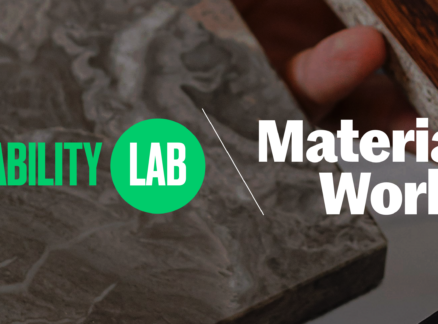February 1, 2009
Precision Engineered
A car designer tries his hand at a multilayered glass chandelier for Ivalo Lighting.
Jae Min’s new Daedalus chandelier is a static object that gives the illusion of movement—which isn’t surprising, considering Min’s day job. As the chief designer of the Audi Design Center, in California, he usually works on cars that convey speed even when they’re at rest. For this project, he translated the curves of automobile aerodynamics into a spiraling pendant that resembles a giant crystalline feather suspended in midair. Illuminated from above, the glass blades cast intriguing shadows on the walls and floor.
The fixture is a response to a request from Pennsylvania-based Ivalo Lighting for a chandelier that would complement a double-height entry hall, now a common feature in suburban homes. “There aren’t many options if you want something modern and you don’t want an artichoke,” the company’s chief creative officer, Susan Hakkarainen, says. It’s also meant to encourage visitors to breeze through what can feel like an awkward, transitional space. “The entryway isn’t where you want guests to hang around; you want to invite them inside,” Min says. “People tend to move around this light and finally get to their destinations, whether that is the dining room or family room.” And Hakkarainen hopes the technical chandelier will resonate with its intended audience on another level: “You’d be amazed at how many architects have Audis—it’s disproportionate.” Here, Min points out some bright spots of his dynamic fixture:
Traditional glass-casting or -blowing doesn’t give a consistent finish. So we ended up creating these patterns in a digital format and used a machine-controlled water jet to cut the blades.
From the outside, you can’t see any fasteners, clips, or screws. But each glass blade has a little metal clip at the end that snaps into the midsection. If you needed to replace one of the glass pieces, there’s a tiny pinhole that, when pushed, releases the blade.
We played around with using odd numbers of bulbs. In general, that tends to be more dynamic. But in this case, with the geometry and the number of blades, eight was the perfect number. We settled on a halogen light source because, while LEDs have an energy-saving advantage, they don’t cast a flattering ambient light.
Ivalo uses aircraft tension cables because of their durability.
The cast-aluminum canopy is painted in “Silver Arrow,” the traditional color of Audi racing cars, though it can be specified in any other shade
of automotive paint.
Each pair of blades varies by 1.5 degrees from the pair above it. They start at a forty-five-degree angle at the top and cascade down to an almost vertical position. Setting each piece would have required sixty jigs, which is quite labor intensive. Instead, we employed a spline—a kind of gear used in the automotive industry for suspension tuning—to get the precise angle differentiation.
The name comes from the Greek myth about a father and son who try to fly to the sun by attaching wings onto their bodies. The pendant looks like a wing captured in stop-motion.
Product dimensions
Height: 60 in.
Width: 17 in.





